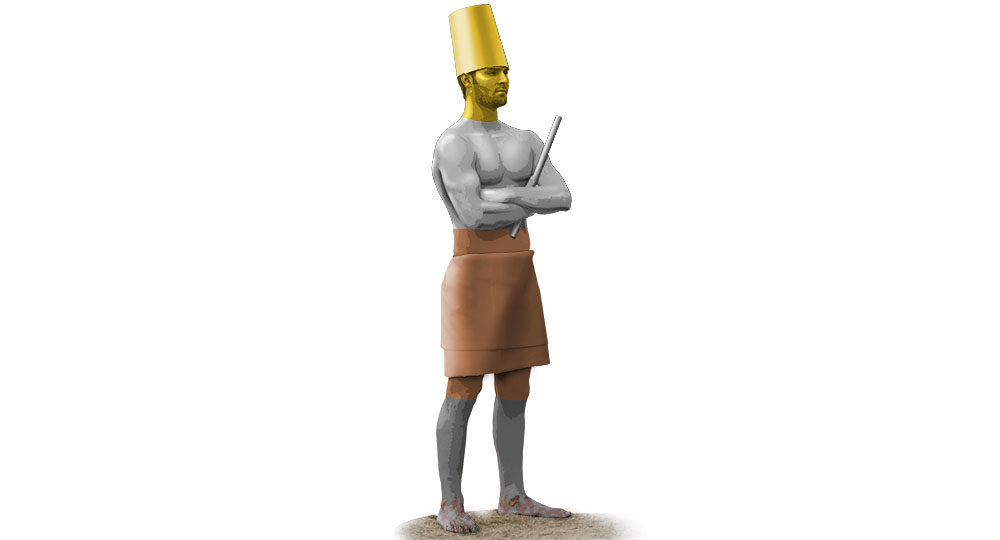

3 thoughts on “The Great World Kingdoms”
Leave a Reply
You must be logged in to post a comment.

You must be logged in to post a comment.
To hear the secular news media tell it, Christianity in America is one small wheeze away from death. Well, that isn’t exactly accurate. Here’s the rest of the story.
Political turmoil, power struggles, wars and rumors of wars. The prophet Daniel lived through such times. And his record gives us hope while teaching an essential truth for today.
Why do bad things happen to good people? Many have tried to deal with that question. Here is an answer from the book of Daniel that may both surprise and comfort you.
Some say the unspeakably evil man in Daniel is Antiochus IV only. That is not correct, and here is why.
God ordained that four Gentile kingdoms will rule the earth before His Kingdom comes. He gave this amazing prophecy to Daniel, and everything is playing out exactly as Daniel wrote it.
Dear sir
Provide me details about the steps leading towards final armaggeddon.
Thanking you
Yours sincerely
Pradeep kumar
Demanding worship from the world and destroying all who refuse to comply, this final world leader is the Antichrist.
I’ am confused. Where is the Antichrist coming from, the nations or the jews?
I read in Deuteronomy 17:14.15 “one from among your countrymen you shall set as king over yourselves”,comparing with :27 and ” he” will make a firm covenant with the many (jews people) for one week.
I think “he” in Daniel 9:27 is the prince of the first Roman empire who indicates the second Roman empire.
In my understanding the false prophet and the Antichrist are the same person. The prince (the beast) of the Roman empire is the one of Daniel 9:27 (he).
MayI receive an answer and hear your opinion to this.